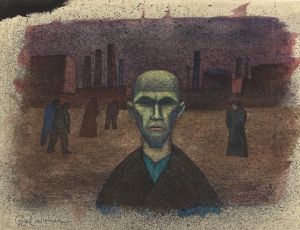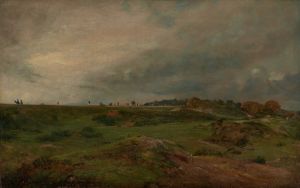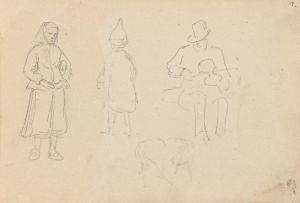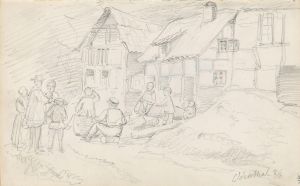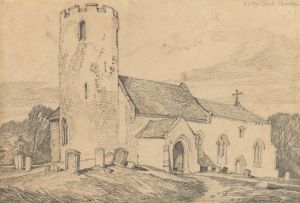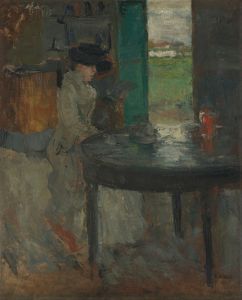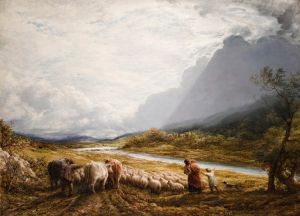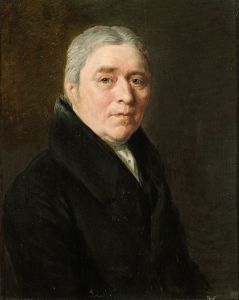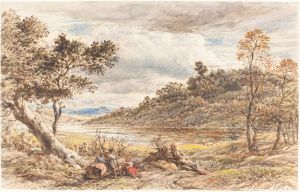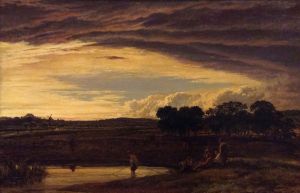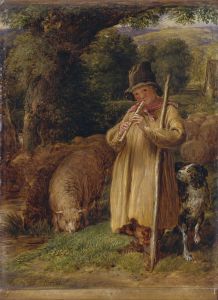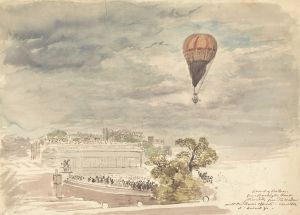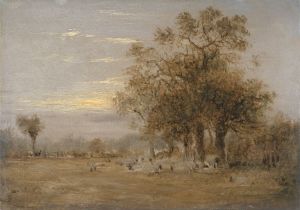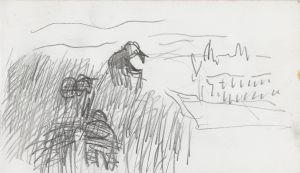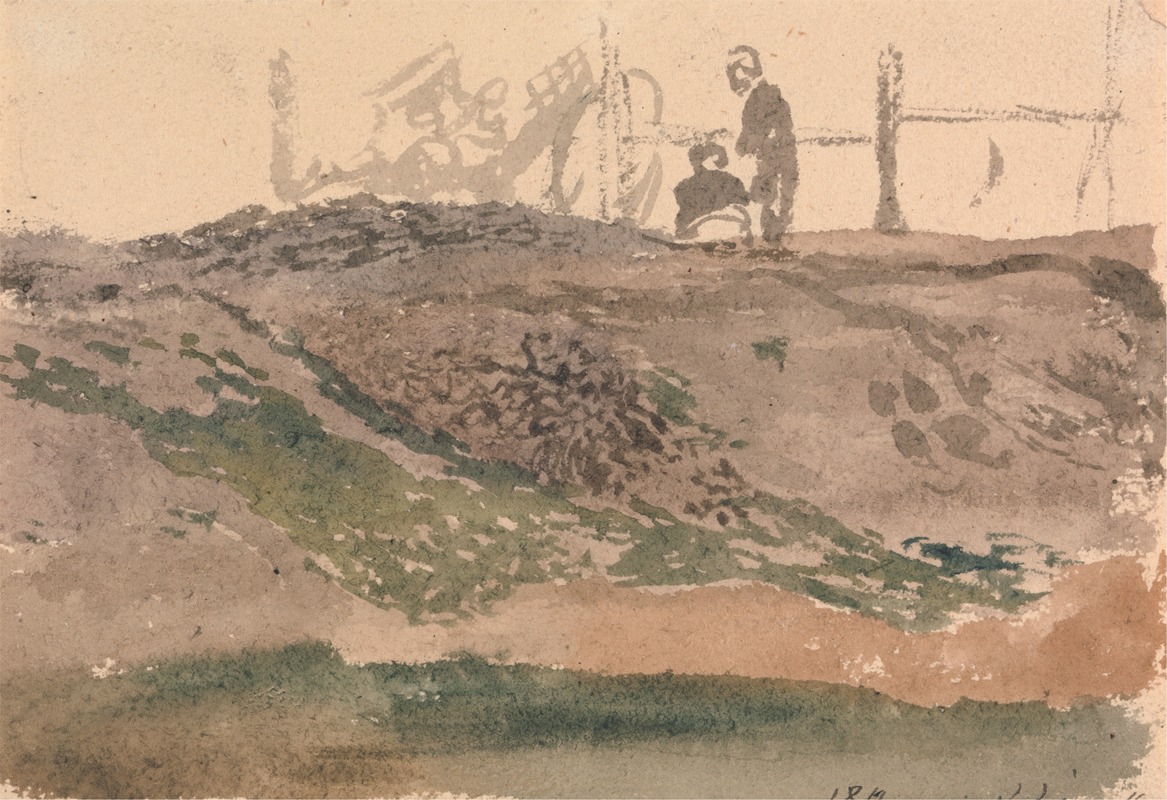
Figures on a Bank, Kensington Gravel Pits
A hand-painted replica of John Linnell’s masterpiece Figures on a Bank, Kensington Gravel Pits, meticulously crafted by professional artists to capture the true essence of the original. Each piece is created with museum-quality canvas and rare mineral pigments, carefully painted by experienced artists with delicate brushstrokes and rich, layered colors to perfectly recreate the texture of the original artwork. Unlike machine-printed reproductions, this hand-painted version brings the painting to life, infused with the artist’s emotions and skill in every stroke. Whether for personal collection or home decoration, it instantly elevates the artistic atmosphere of any space.
John Linnell's painting Figures on a Bank, Kensington Gravel Pits is a work by the British artist known for his contributions to landscape and portrait painting during the 19th century. Linnell, a contemporary of John Constable and J.M.W. Turner, was recognized for his detailed and naturalistic depictions of rural scenes, often infused with a sense of tranquility and reverence for nature.
The painting, Figures on a Bank, Kensington Gravel Pits, depicts a serene outdoor scene, characteristic of Linnell's style. The "Kensington Gravel Pits" refers to an area in London that, during Linnell's time, was transitioning from a rural landscape to a more urbanized setting. Historically, the gravel pits were located near what is now the Kensington area, and they were a source of materials for construction. By the 19th century, the area had become a popular subject for artists due to its picturesque qualities and proximity to the city.
In this work, Linnell captures figures resting or engaging in activities along the bank, set against a natural backdrop. The composition reflects Linnell's skill in portraying the interplay of light and shadow, as well as his attention to detail in rendering the textures of the landscape. The figures in the painting are integrated harmoniously into the environment, emphasizing the connection between humanity and nature—a recurring theme in Linnell's oeuvre.
Linnell's approach to landscape painting was influenced by his admiration for earlier masters such as Thomas Gainsborough and the Dutch landscape painters. However, he also brought his own perspective, often incorporating a spiritual or contemplative quality into his works. While Linnell was less commercially successful than some of his contemporaries, his paintings were appreciated for their technical precision and emotional depth.
The exact date of creation for Figures on a Bank, Kensington Gravel Pits is not widely documented, but it is consistent with Linnell's active period as a landscape artist in the early to mid-19th century. The painting is an example of his ability to capture the essence of a specific location while imbuing it with a timeless quality.
As of now, detailed information about the current location or ownership of the painting is not readily available. However, Linnell's works are held in various public and private collections, including institutions such as the Tate and the Victoria and Albert Museum in London.
This painting serves as a testament to John Linnell's dedication to depicting the natural world and his ability to find beauty in everyday scenes.





